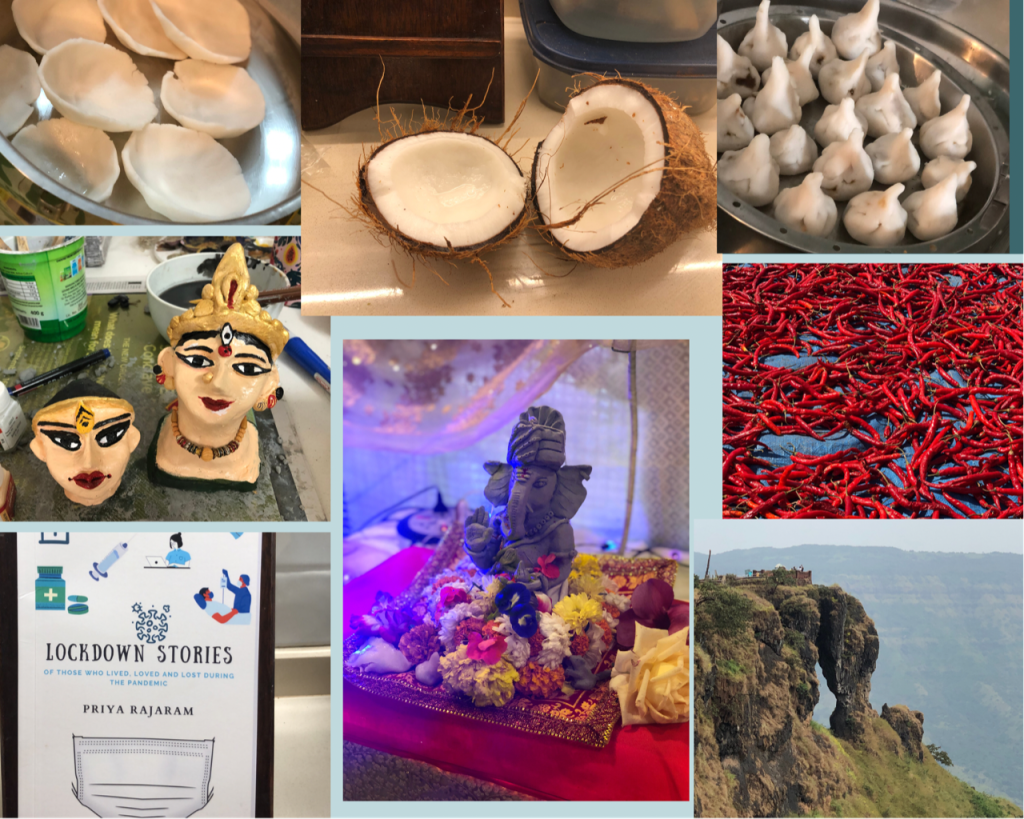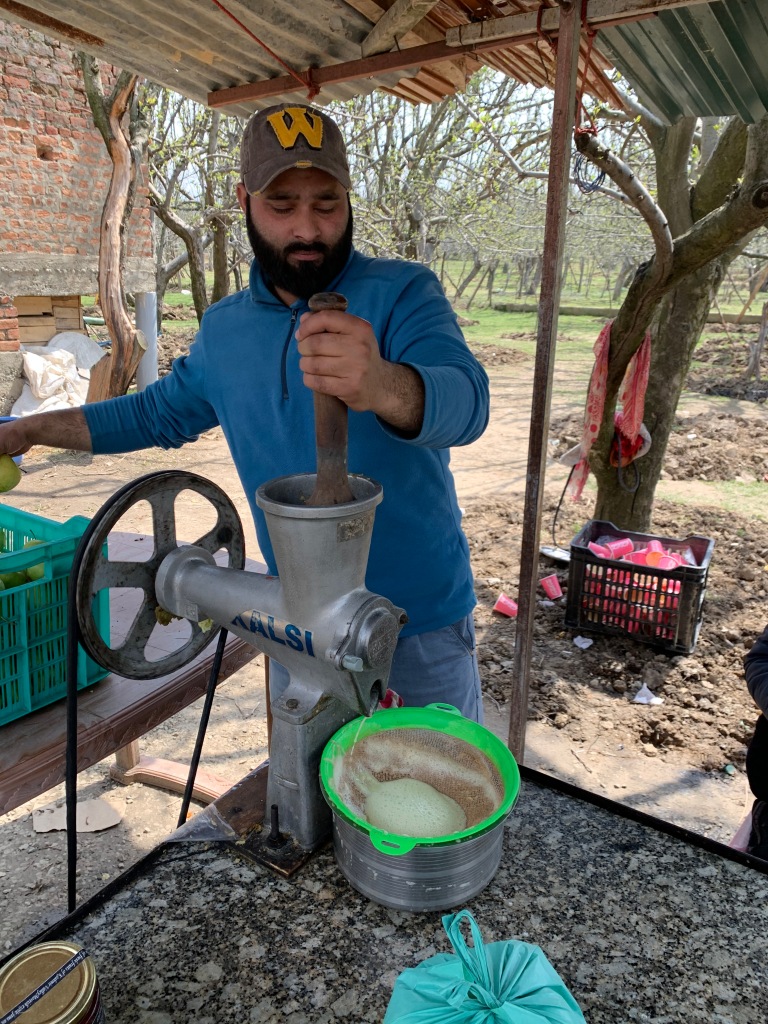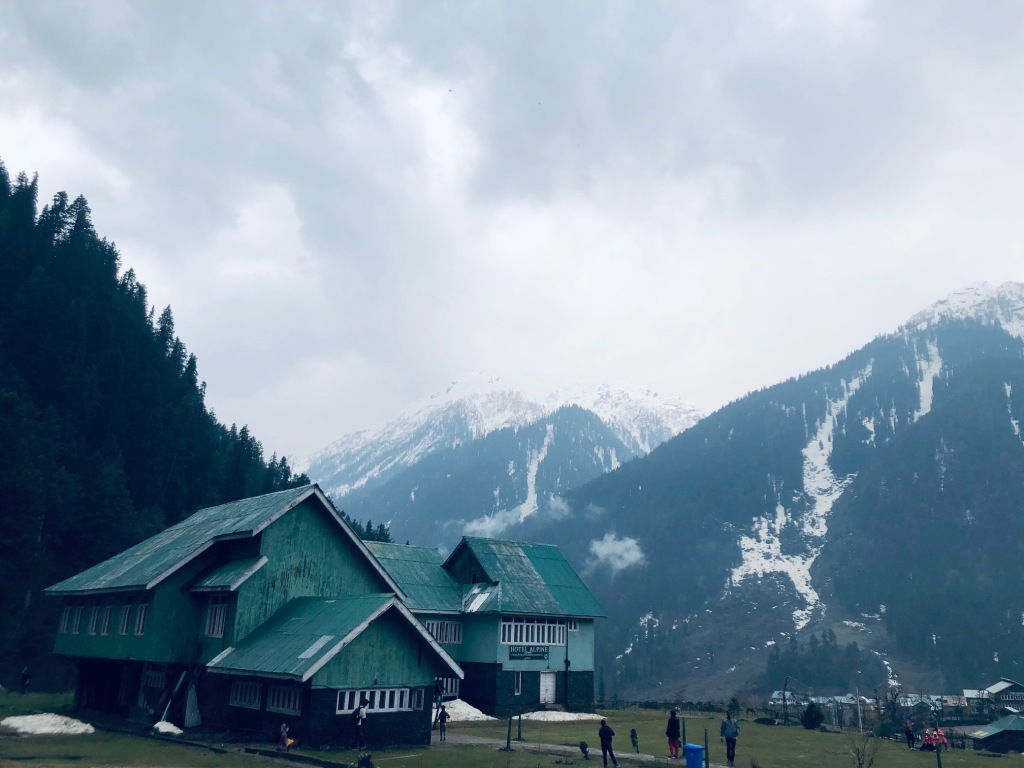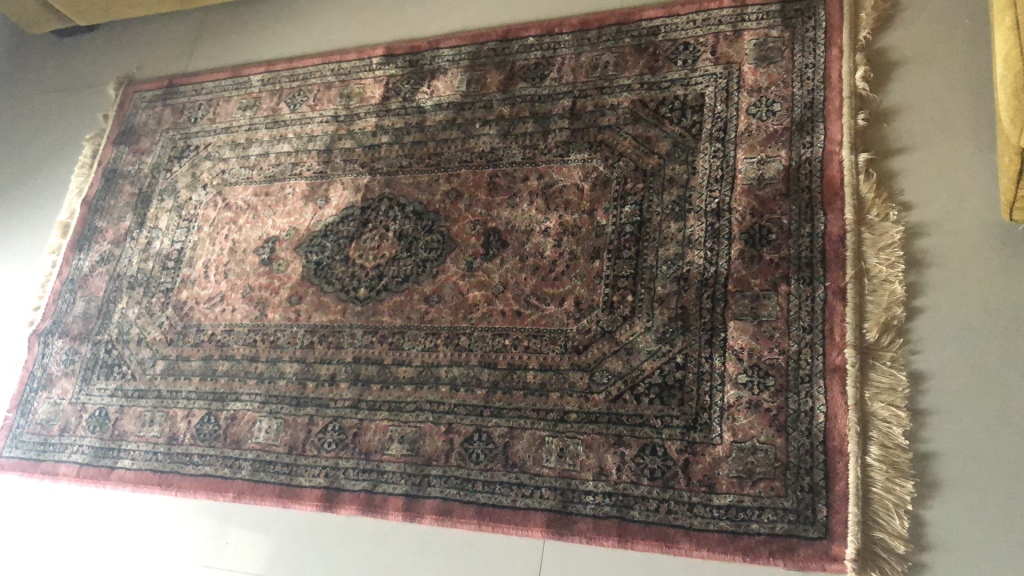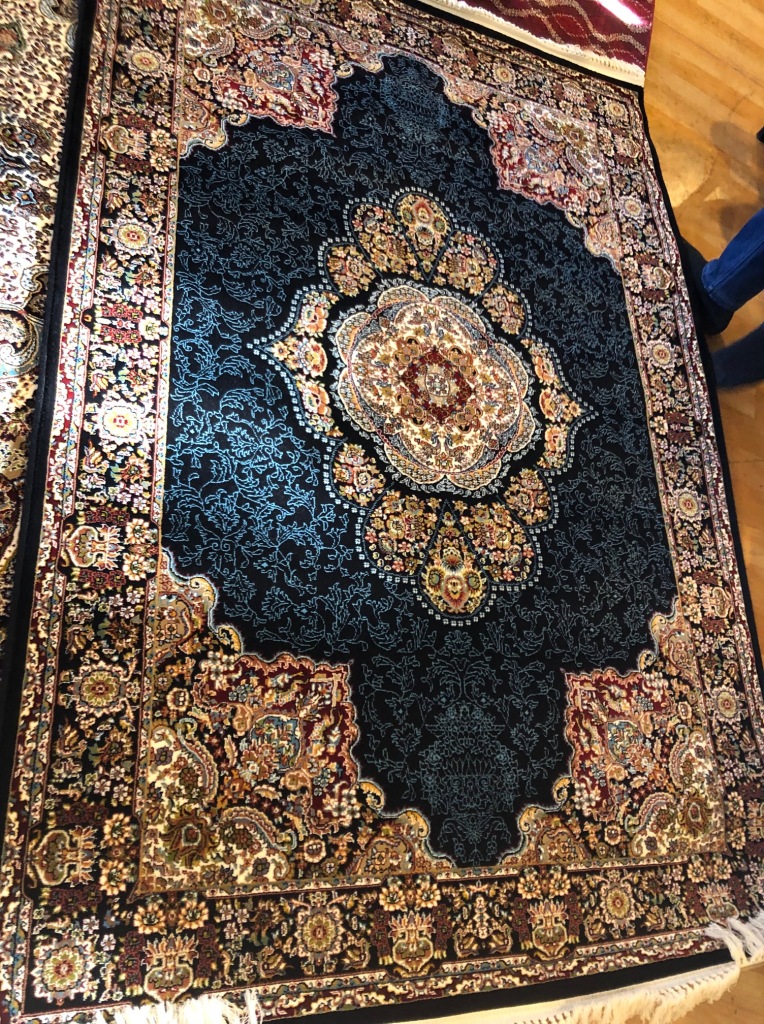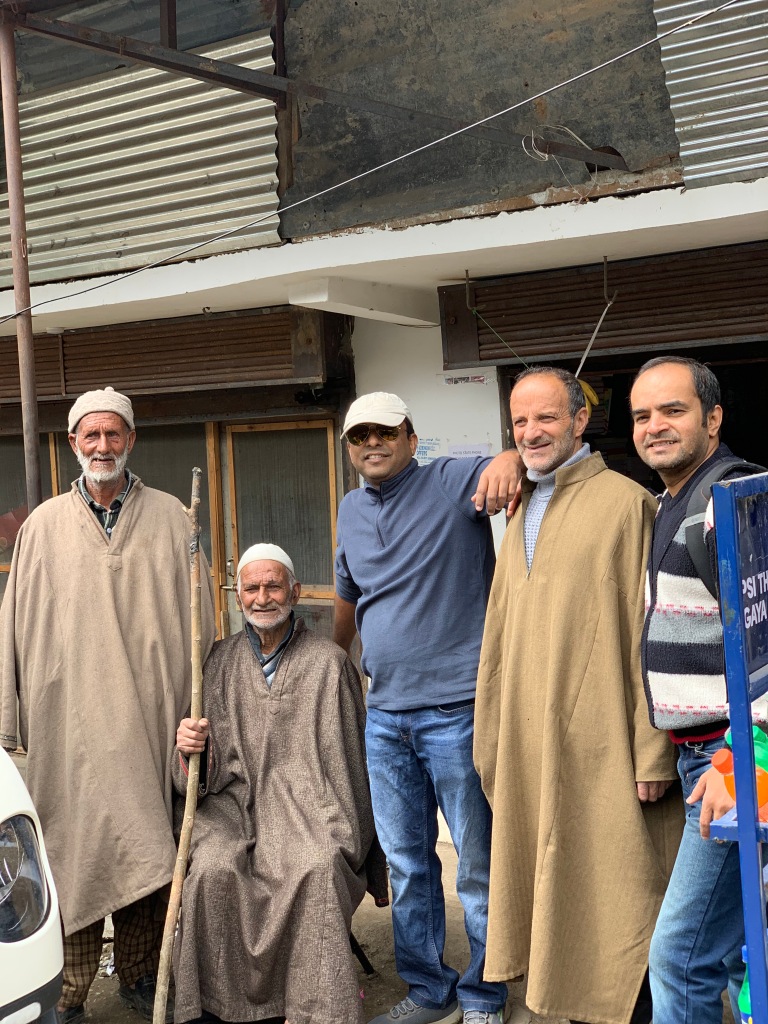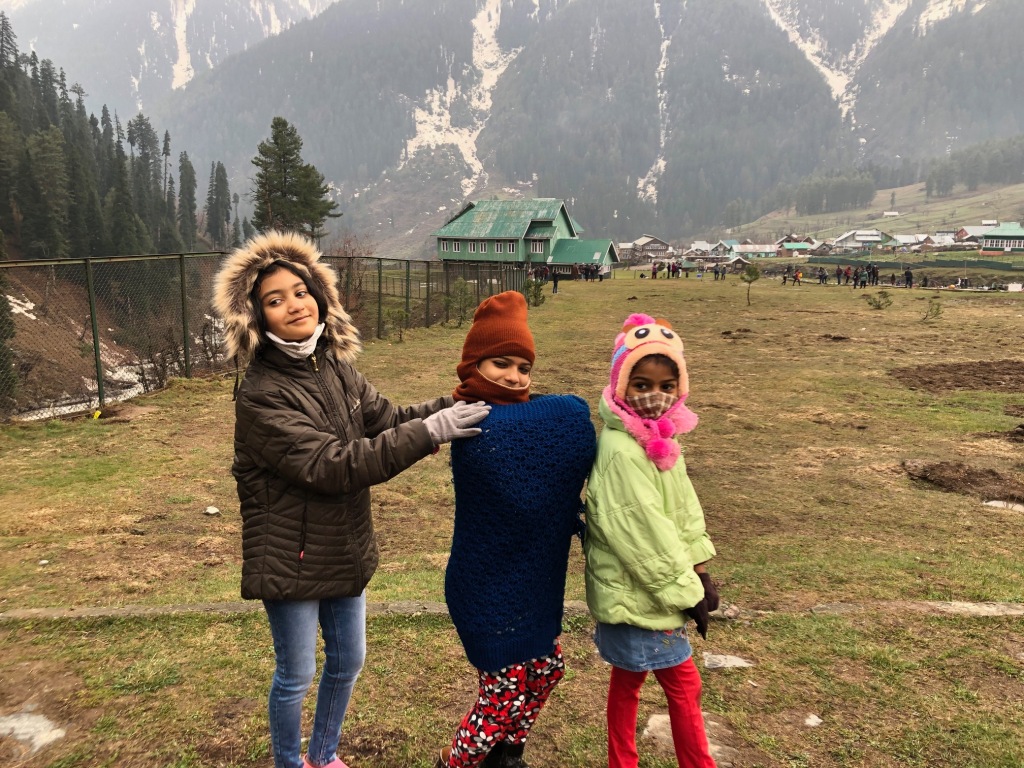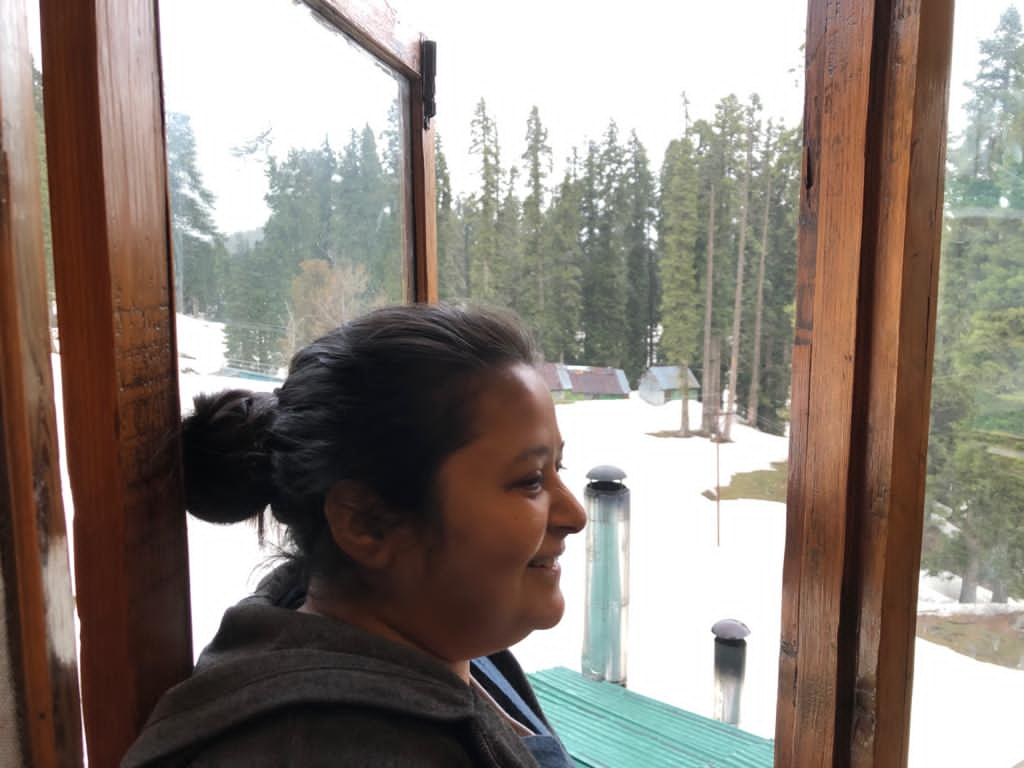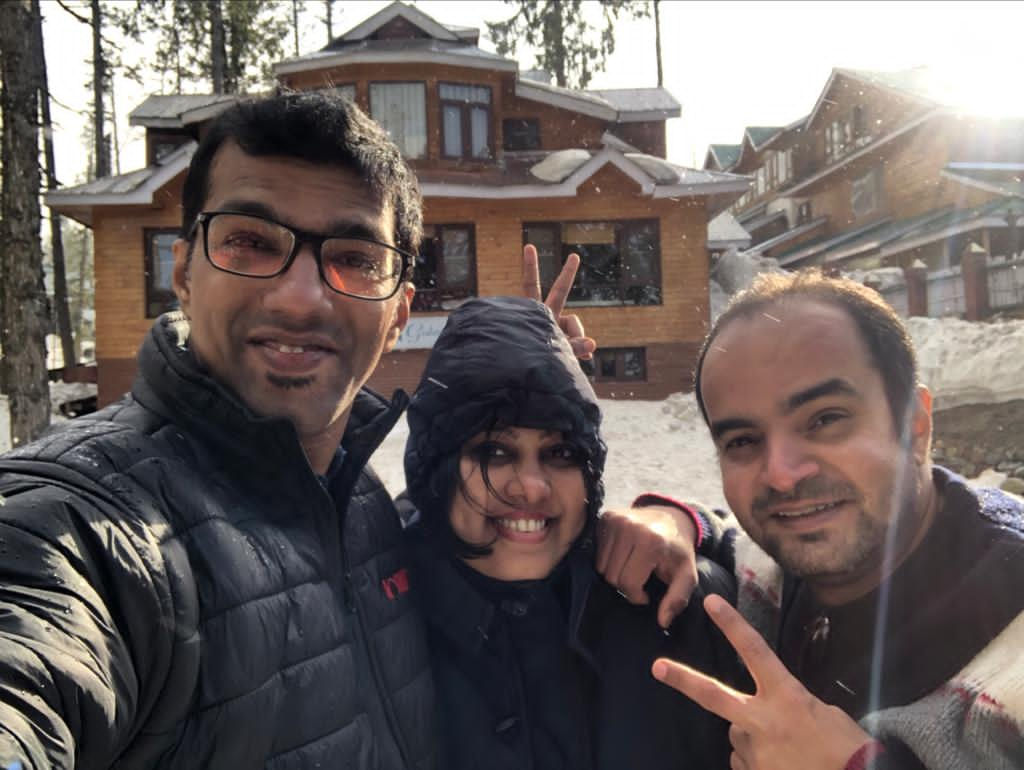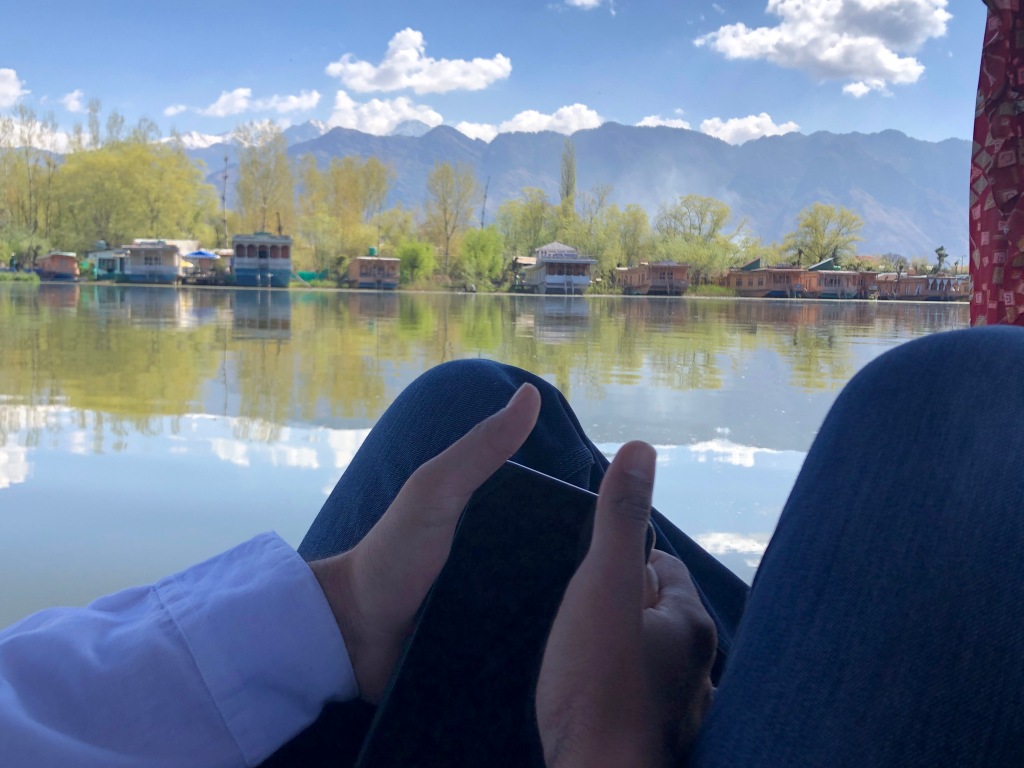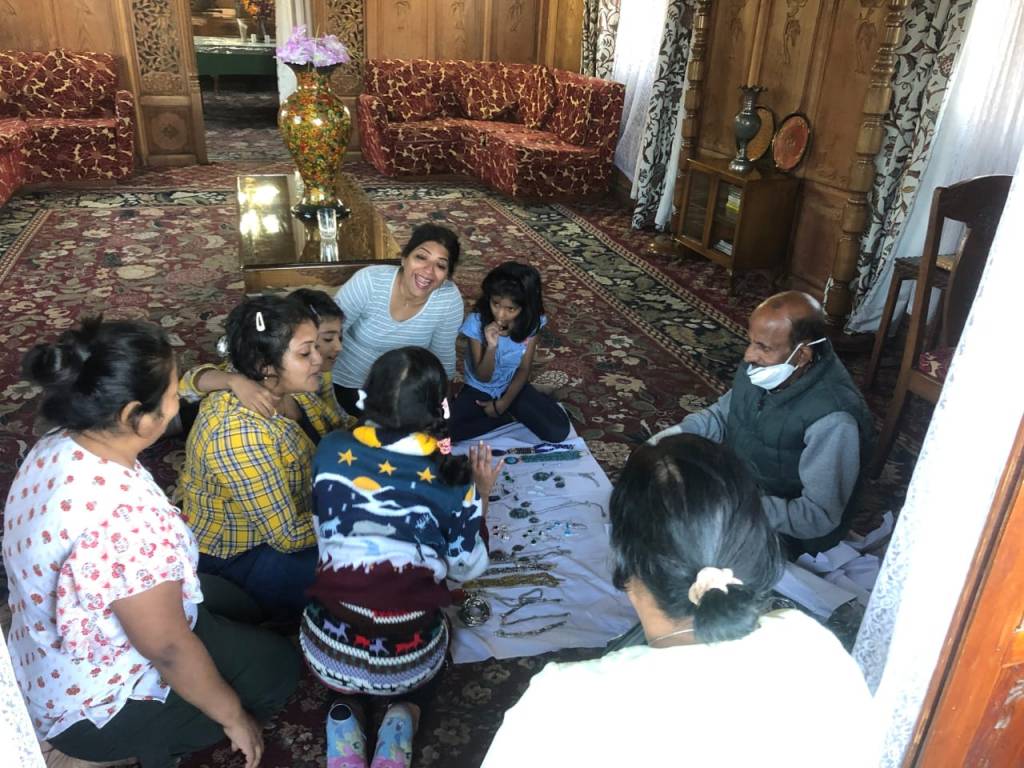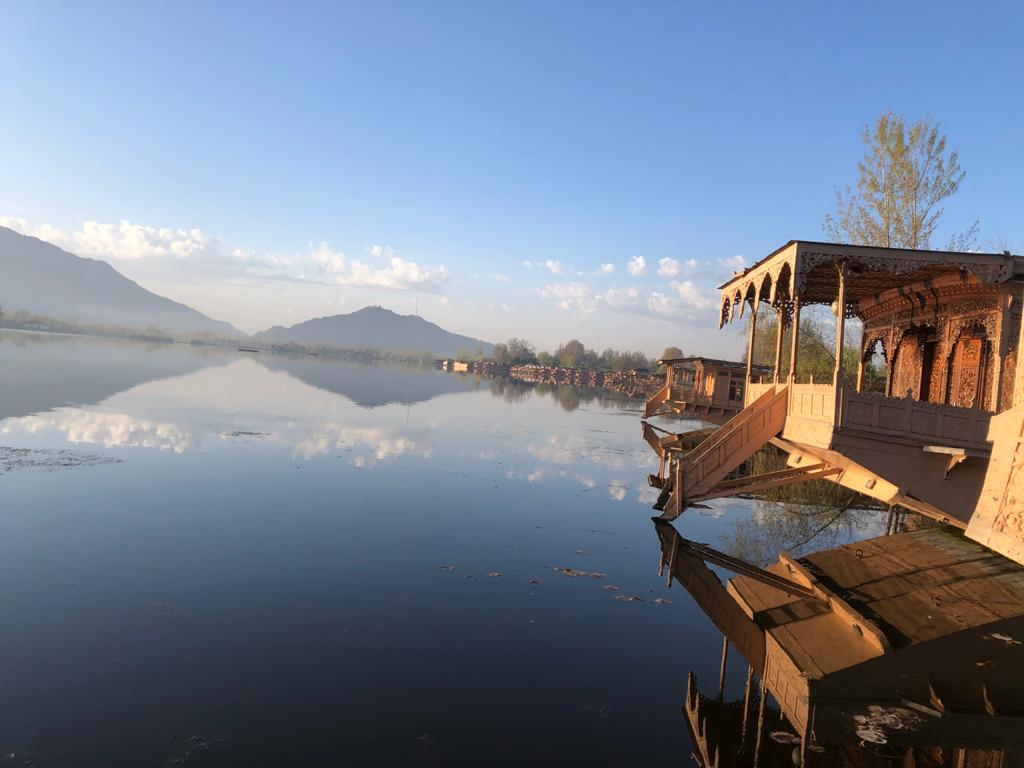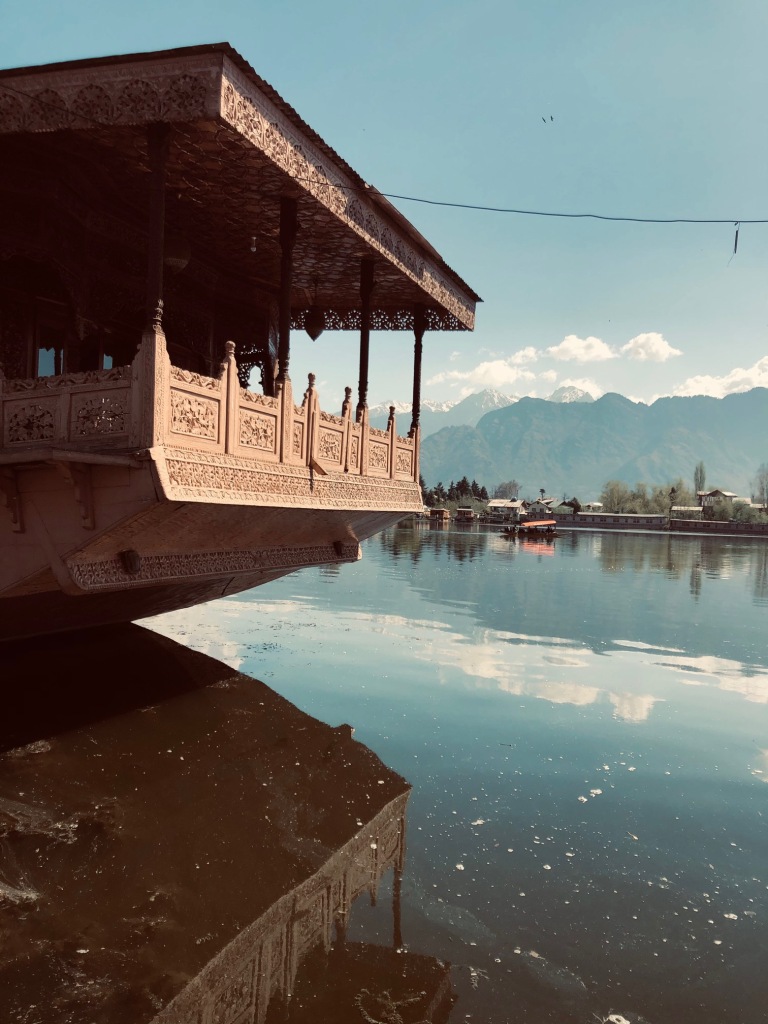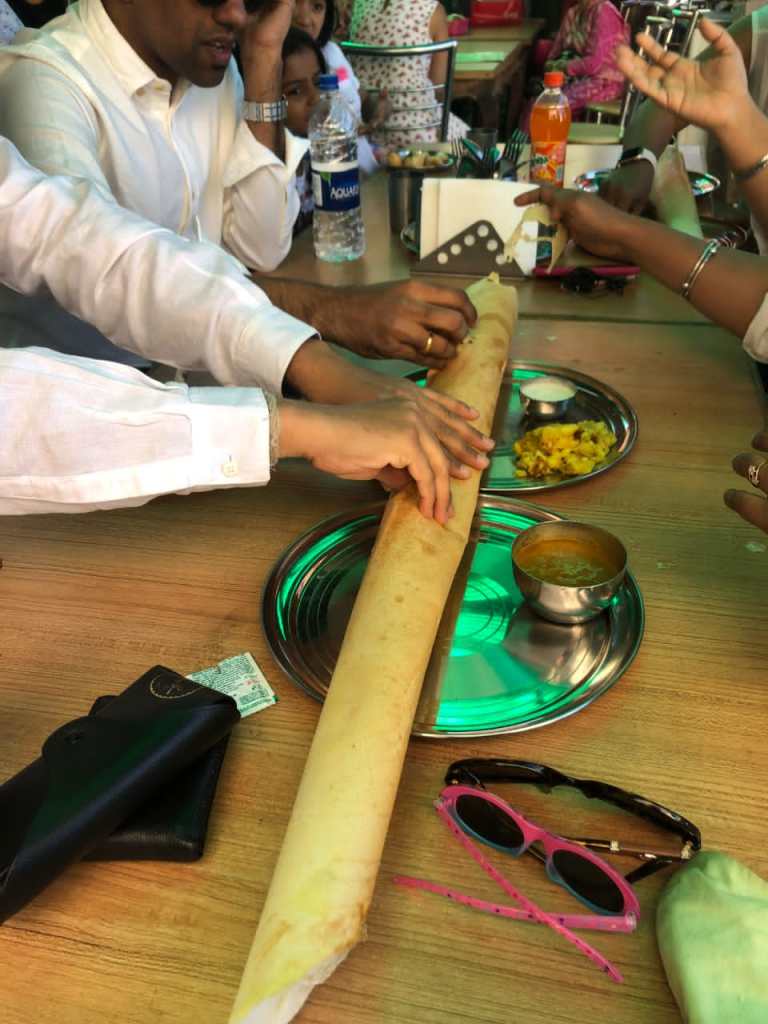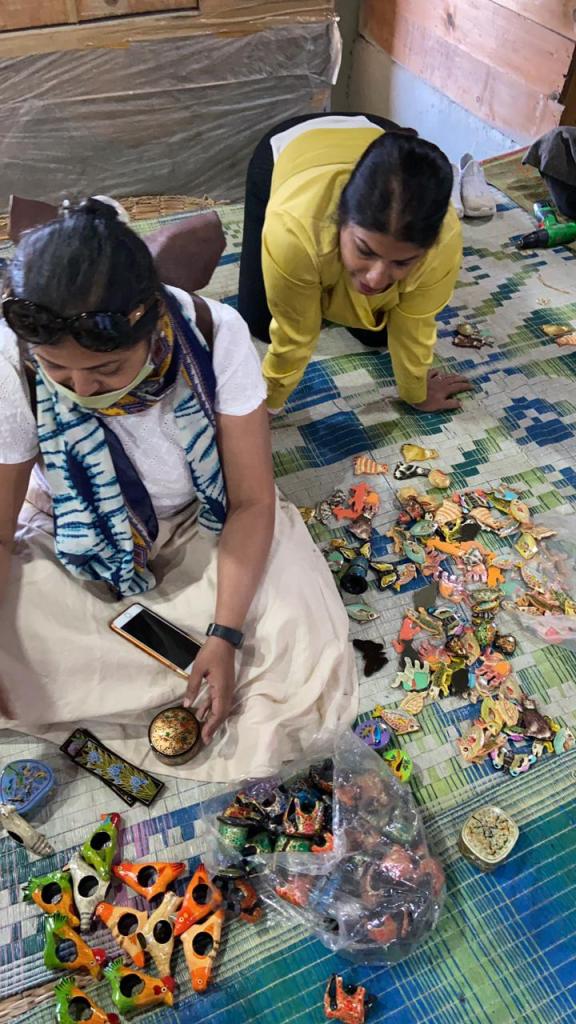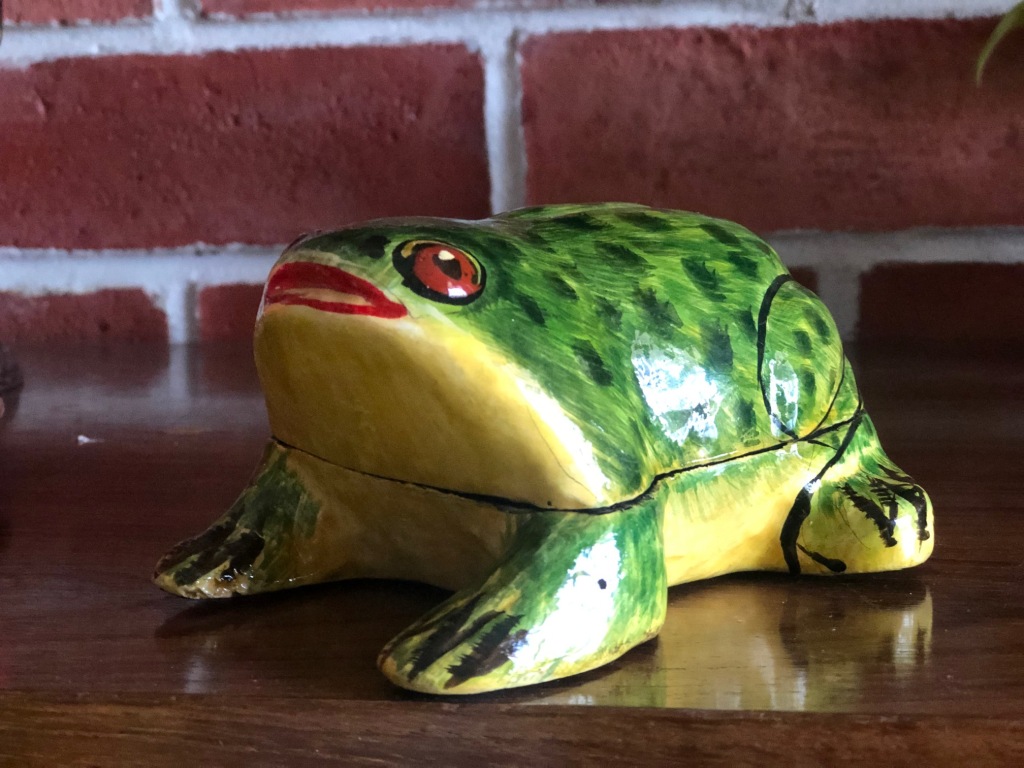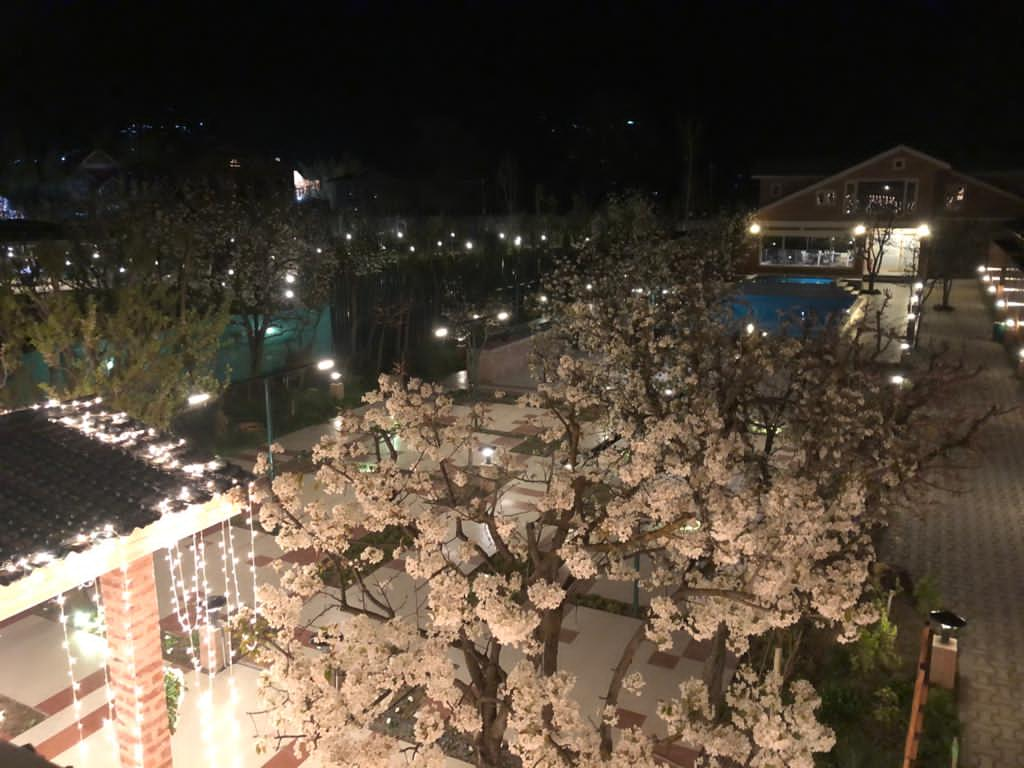Back to October 2020 when I quit a corporately regimented life to become my own boss, its been anything but easy to deal with questions people ask. Also to deal with what they don’t ask.
Oh so you quit big 4? But you would have made partner now isn’t it? Or were they not making you one?’ Yes I could have made it in the next possible cycle given the effects of Covid aftermath on the global economy, Brexit post-effects on the European economy and US presidential election results on the Indian economy. Couldn’t wait for all that to pan out as my body and mind were done with two decades of robotic functioning and begged for some free living.
But of course you must be joining industry then? I was so much in love with my job you know? And if I am leaving that so loved job it could probably mean I just don’t want to take up anything else – just experimenting for a few years if you get that?
Well then what are you going to do? I am going to wake up without an alarm, go to the gym, write and read every single day, make my own food, grow my own greens, travel to the mountains every three months, learn portraits which I suck at, look for a way to teach underprivileged women some skill which they can monetize. And yes maybe learn to watch some unfettered Netflix without guilt pangs.
But what is the skill you know that you are going to teach these women? I don’t know OK! – I need to think about it you see. (which by the way, clearly they don’t see).
Then I did a program with IIM-B for women entrepreneurs, revived some brain cells in my head that are capable of doing some B-school thinking and came up with a list of ideas for the enterprise, of which I zeroed in on plant-based home cleaners. Why? A because they were easy to make and dabble in by trying out various combinations B with instant outcomes they were easy for me to try out as the first consumer C I am a very anti-chemical, anti-plastic-landfill, anti-senseless-urban-waste disposal kind of person.
And that was it.
But will you use your CA skills in all this? In core business – no, as it mostly involves dealing with citrus peels, jaggery, yeast, soapnuts and essential oils. In costing and pricing models yes. In how to run a sane business – oh yes. I will use all my CA and more importantly consulting experience as they say once a consultant, always a consultant for life.
NGO? Oh there is a lot of money in NGOs – In hindsight I don’t remember why I was even talking to this person.
Will you go for funding and all then – Huh? Isnt it like a bit too early to talk about that?
You can’t call it a not-for-profit. It has to earn profit to be sustainable for its own objectives – Very valid point. This set me thinking and I decided that the enterprise albeit not for profit, would wobble, crawl, walk or run – all on its own feet. Not be dependent on any whimsical grants or donations. The enterprise currently being incorporated as Hands Together Foundation as I write this, would get into an economic activity to sell the Clever Nut brand of plant based home cleaners to start with. Produced by the underprivileged women currently being trained.
So I set about with the kitchen as my laboratory and vastly the internet as my teacher – learning, experimenting, failing and repeating. I perfected the potions one by one and tried it mostly with me, my spouse, my maid and my plants as the first set of guinea pigs. I found good Samaritans in fruit juice vendors in and around Kharadi and Viman Nagar in Pune who were willing to load up empty gunny bags with precious orange skin peels which could be ground in the only Chakki in Pune that literally grinds all kinds of stuff. I trekked through the by lanes of old Pet-Pune scourging for recycled glass bottle vendors and soapnut wholesalers. And then –
Hey when are your launching your enterprise? Timelines? – My dear friend – I moved out of my past life mainly so that I could live life on my own terms. So the main idea is to not be chained by clocks and calendars. (I now block people who are timeline-fanatics). Some important lessons in the journey of last few months has been that people whom I deal with do things at their own pace. Whether it is the lab testing the products or the firm working on the brand registration, I have had to constantly remind myself that they don’t work at the pace of Big 4 consulting.
Are you going to focus only on underprivileged women? Why not children? Why not rural population? – Women because they are the most powerful beings in any home. Because they or their husbands or both are job-challenged due to the pandemic. Because they are super enterprising even in the face of turmoil. A month ago, I began to get a call from my boutique tailor’s employee every week without fail asking me to give her something to do as the tailor shop has been shut down for two months now. I gave her some stuff to alter, and well sometimes there is only so much alteration one can do to fit in. So I tried telling her that there was officially no occasion to wear office clothes even for people who still hold a corporate job (Aah) and technically therefore I really don’t need so many new clothes now. She persisted without hyperventilating. Her husband is a contract labourer who doesn’t go out to work anymore. She nailed it and has bagged the contract for stitching cloth pouches for the soap nut pouch product of the enterprise. Empower the women and you empower the family and the whole next generation. Why urban women first? Because I am an urban rat. For now.
Why is your product packaged in glass and not plastic? The cost of recycling plastic has been proven to be less expensive than that of glass. I hold a different view. When you look at the lifecycle of the plastic container in totality, the operationalization of whether it will make its way to a dumpyard or a recycling yard is severely uncontrollable. Its more easy with glass which lends itself beautifully to the potential of sterilization and reuse. The shipping and handling costs are going to be high, but we shall start with the concept of returnable glass bottles and see how it goes. I met this eco-store over the weekend and he liked the glass bottle concept but he said its going to be tough for him or any shop to deliver bottles around Pune without a carton. So a recycled paper carton is in too.
Why are you doing so many things now at the same time? Like sketching and writing and publishing your book and working on this enterprise? Did you not quit to relax and take things slower? Why don’t you focus on one thing? Because it sharpens my senses. Cross pollination – the biological activity in plants is essential for their survival. Similarly for a writer, the book is long and publishers hardly respond. Keeping the mind fertile by watching or reading something ‘outside your gene pool’ or even a simple task of sketching a portrait with all of its gruesome detailing can help the mind focus, take it off the original plot you were writing or meant to write and give you a whole new bunch of fresh ideas. I often take such breaks when I hit a dead end in my words and they all start sounding the same – I sandpaper my paper mache objects, do mundane things like clearing my phone space or go back to finish the hyper realistic beard of this old man’s portrait I am learning to sketch. It stabilizes my errant mind and calms it down. I read Suzanne Collin’s interview where she said she’d read the Greek myth of Theseus and the Minotaur when she was eight and it had stuck with her. And then, she was lying in bed one night, channel surfing between reality TV programs and actual war coverage. On one channel, there was a group of young people competing for something; and on the other, there was a group of young people fighting in an actual war. She was tired, and the lines between these stories started to blur in a very unsettling way. That’s the moment when Katniss’s story and The Hunger Games came to her. Collins had already taken in Greek myths. Her fertile mind then absorbed a story of children in war (journalism) and a story of children in a competition (reality TV): those diverse elements came together to create a piece of work that was bizarrely wonderful and a resounding success.
And of course as someone experimenting in plant-based cleaners, you obviously need to let the yeast do its job and let it sit for two months while the bio-enzyme is getting itself into a stable mode.
Cross-pollination seems to be the exact reverse of multi-tasking. You shift between things not because you’re forced to, but with purpose and conscious slow-down that provides this clear yet not-so-clear delineation between the areas and concepts you move about. It provides immense breadth to apply the mind. To tax and then to slow it down. To run and then to pause and look back at the road covered.
But I guess I went too far with stretching the creative boundaries. I finished doing up the logo for the enterprise and just when I was about to work on the product posters I got an earful from my well-meaning spouse to separate out the core from the non-core business activities. I am now looking for a freelancer to work on the videos and posters. Feel free to ping me if you know someone!



